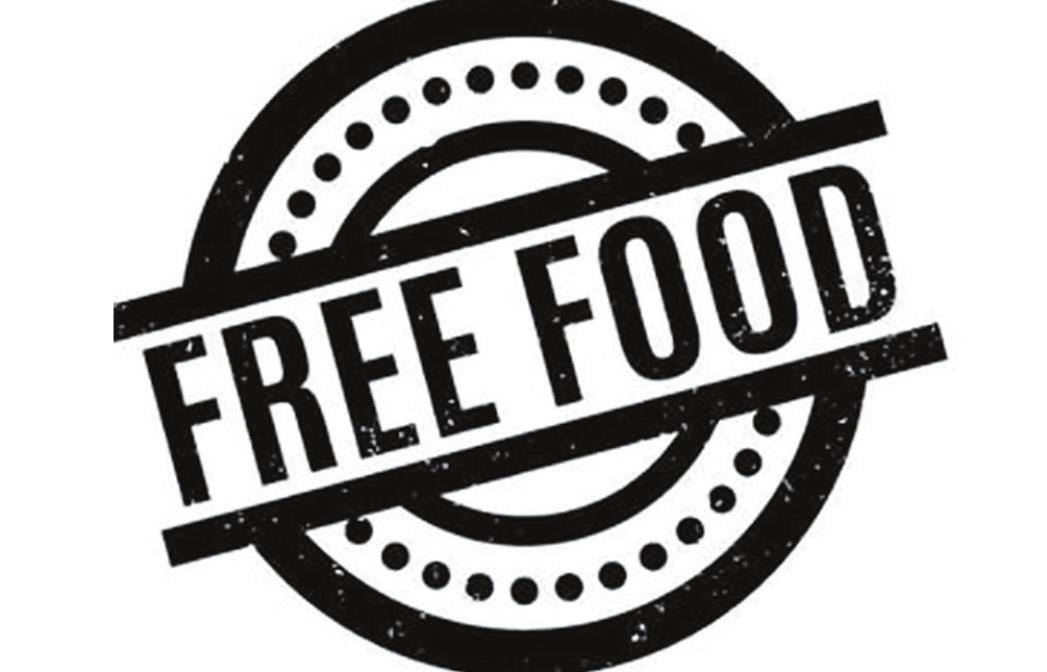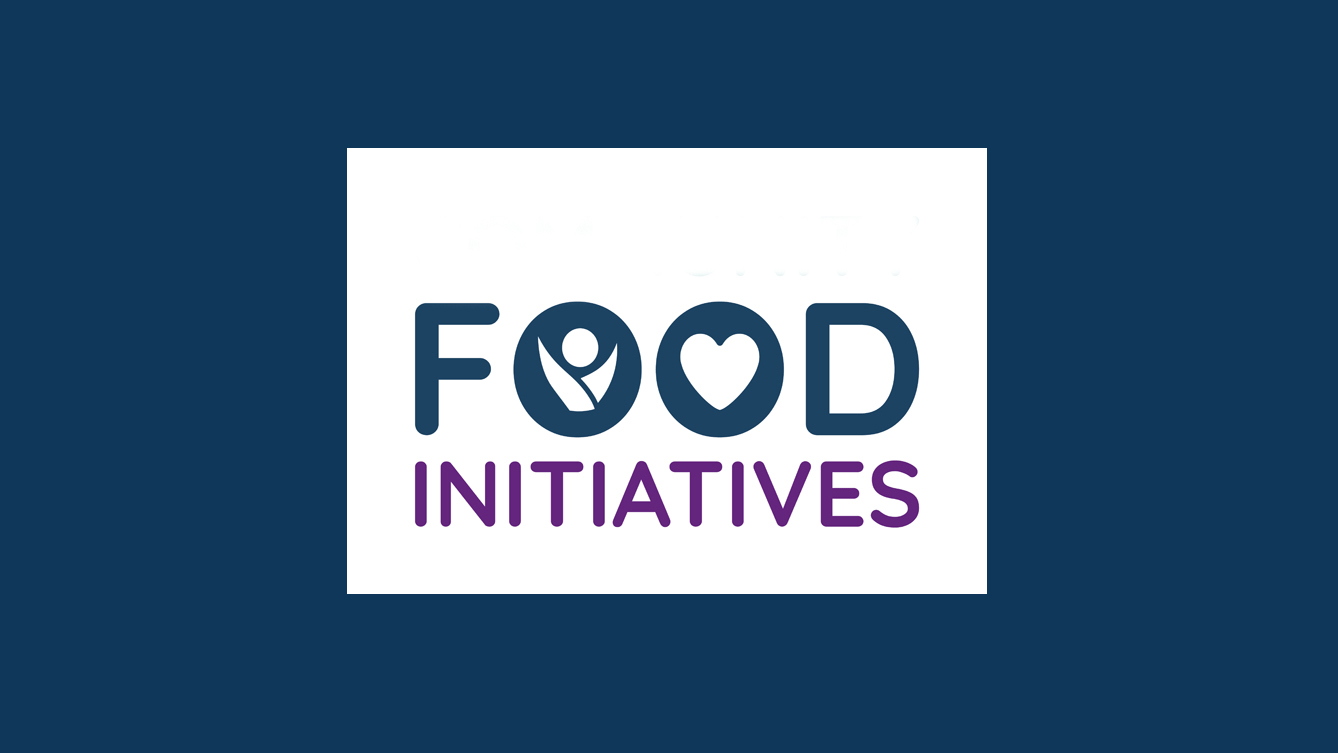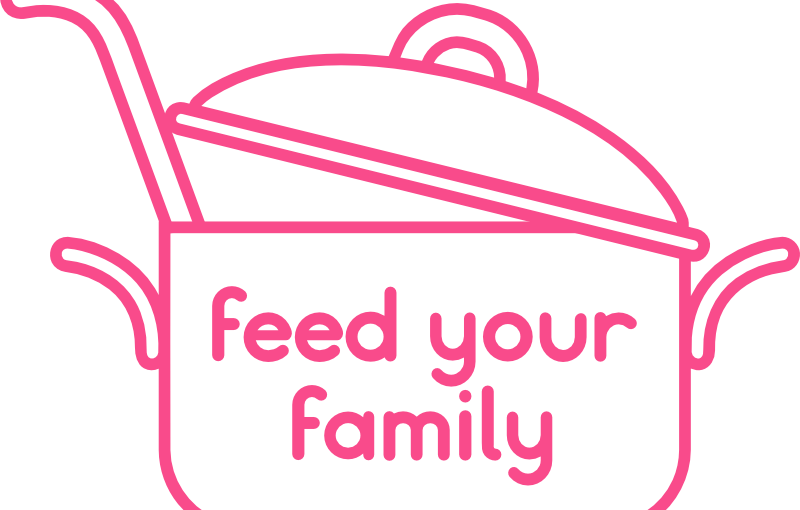Community Initiatives For Free Food Access
In today’s world, the quest to fill our pantries without emptying our pockets is a shared challenge. Whether it’s stretching a tight budget or finding ways to feed a family during tough times, many of us are searching for reliable sources of free food.
Enter community initiatives – local heroes stepping in with lifelines for those facing hunger.
Google’s new Find Food Support feature shines as one bright beacon, making it easier than ever to locate food assistance nearby. This blog post will serve as your compass to the wealth of free food resources available through community efforts.
You’ll learn where to find these nourishing havens and how they’re enriching lives one meal at a time. Ready? Let’s dig in!
Key Takeaways
- Community initiatives such as local food banks, mobile food pantries, and the Little Free Pantry movement provide free access to nutritious food for individuals and families facing food insecurity.
- Federal programs like SNAP and WIC offer assistance with purchasing essential foods for qualifying low-income individuals and families.
- Finding nearby free food resources can be done through tools like the Food Help NYC map or by calling 311 while understanding eligibility criteria is crucial for accessing these programs.
Available Community Initiatives for Free Food Access

Local food banks provide a variety of non-perishable and fresh foods to individuals and families facing food insecurity. Mobile food pantries bring groceries directly into underserved communities, reaching those with difficulty accessing traditional brick-and-mortar locations.
The Little Free Pantry movement encourages community members to donate goods and take what they need, promoting a shared responsibility for those in need. Additionally, organizations like Food For Free work to rescue excess food from restaurants and grocery stores, redistributing it to those in need through various programs.
Federal programs such as SNAP (Supplemental Nutrition Assistance Program) and WIC (Women, Infants, and Children) also offer assistance in purchasing nutritious foods for qualifying individuals and families.
Local food banks
Food banks help people get food without spending money. They give out healthy food boxes like fruits, veggies, and dairy products. This can make it easier for families to have good meals every day.
Food banks often work with local grocery stores and farms. They get food that is still good but cannot be sold anymore. Then, they share this food with folks who need it.
You might see a community food bank in your town or city. These places support anyone facing tough times getting enough to eat. People from all backgrounds can go there to pick up the things they need for their households—for free! Plus, you don’t just get canned goods; many also provide fresh produce! Staff at these banks can also tell you how to use other programs that might help you save even more on groceries and necessities.
Mobile food pantries
Mobile food pantries are like supermarkets on wheels. They drive right into neighborhoods to give away good food for free. People who need help can get fruits, veggies, and other groceries without paying.
This is a big deal if you’re trying to save money or getting to a store takes a lot of work.
Picture this: A big truck filled with food boxes rolls up in your area. You and your neighbors line up, and everyone gets what they need and goes home happy. It’s simple—no forms or fuss.
For older folks who might find it tough to shop for themselves, these mobile pantries are a lifeline offering meals that keep them healthy at no cost.
Little Free Pantry movement
The Little Free Pantry movement is a wonderful way to get food without spending money. It’s like the little free libraries you might have seen but for food and personal care items.
People put these pantries in their neighborhoods where anyone can take what they need or leave something for others. They’re always open so that you can get food anytime.
You’ll find all sorts of useful things in Little Free Pantries. Things like canned vegetables, pasta, and toothpaste are common. The best part is that you don’t have to pay anything or sign up.
Plus, it’s run by folks who want to help their neighbors, a small group with few rules. If you want to save on groceries and find support from your community, check out a Little Free Pantry near you.
Next up: Food For Free organization
Food For Free organization
Food For Free is a nonprofit that provides access to fresh, nutritious food in Eastern. They offer free food distributions, mobile pantries, SNAP application assistance, and senior food programs.
The organization partners with communities to overcome barriers and strengthen access to healthy meals. Food For Free’s innovative programming makes it easier for people who want to save money on groceries while accessing quality nutritional options.
Now, let’s look at how you can find nearby food pantries or community kitchens for free meal options.
Federal programs for food assistance (SNAP, WIC, etc.)
Now, let’s explore the federal programs for food assistance that can help you save money and provide nutritional support:
- SNAP (Supplemental Nutrition Assistance Program) benefits low-income families, allowing them to purchase healthy and essential food items.
- WIC (Special Supplemental Nutrition Program for Women, Infants, and Children) grants states supplemental foods to promote the health of low-income women, infants, and children.
- The federal government administers welfare programs to aid low-income families, including SNAP and WIC, ensuring access to nutritious meals.
- Feeding America supports federal food assistance programs like SNAP, TEFAP, and WIC to serve individuals and families facing food insecurity with vital resources.
- SNAP is designed to help individuals with low wages or no employment purchase the necessary food to maintain good health.
How to Access Free Food

You can find a nearby food pantry or community kitchen to access free food. You can also check the eligibility requirements for federal programs like SNAP and WIC. If you cannot access these options, consider alternatives such as little free pantries or food rescue organizations.
Finding a nearby food pantry or community kitchen
Looking for a nearby food pantry or community kitchen? You can quickly find one using the Food Help NYC map. Or, call 311 to locate the closest food pantry and community kitchen.
- Food Help NYC Map: Utilize the interactive map available online. Enter your zip code to locate nearby food pantries and community kitchens.
- Call 311: Contact 311 and ask for information on nearby food pantries or community kitchens.
- New York City Food Pantries: These provide groceries for cooking at home, offering a variety of food items to help you save money on groceries.
- Community Kitchens: These kitchens offer prepared meals for immediate consumption, catering to individuals who may need access to cooking facilities or ingredients.
Eligibility requirements for programs
Individuals or families must meet certain eligibility criteria to access free food programs such as food banks, mobile pantries, and federal assistance like SNAP and WIC. Household income, family size, and other factors are considered for qualification.
Some programs may also consider residency status or specific needs like disability or childcare expenses. It’s important to check the specific requirements of each program in your area to see if you qualify.
Understanding the eligibility criteria is crucial for accessing free food initiatives and using available resources without barriers. By knowing the qualifications required for different programs, individuals can effectively seek assistance to address their food insecurity challenges while saving money on essential groceries and meals.
Other options for free food (little free pantry, food rescue, etc.)
Other options are available for free food beyond traditional food assistance programs. Here are some alternative ways to access free food:
- Little Free Pantry Movement: These mini pantries provide easy access to food, hygiene, and paper items with zero barriers to access.
- Food Rescue Programs: These initiatives collect surplus food from restaurants, grocery stores, and farms that would otherwise go to waste and distribute it to those in need.
- Community Gardens: Many communities have gardens where people can harvest fresh produce for free.
- Gleaning Programs: Volunteers collect leftover crops from farms after the harvest for distribution to those in need.
The Impact of Free Food Initiatives

Free food initiatives significantly impact nourishment and hope for those in need, reducing food waste and supporting community engagement. These initiatives help individuals and families facing food insecurity and promote a sense of unity and support within the community.
By accessing free food, people can save money, ensure consistent access to nutritional meals, and alleviate financial burdens during difficult times. Contributing to these initiatives through donations or volunteering further strengthens the impact, creating a ripple effect of positive change in the community.
Providing nourishment and hope to those in need
When people struggle to make ends meet, having access to free food can provide essential nourishment and hope during difficult times. Local food banks, mobile food pantries, and organizations like Food For Free are crucial in ensuring that those in need have consistent access to nutritious meals.
These initiatives not only help alleviate hunger but also contribute to reducing food waste while fostering community engagement. By supporting these programs through donations or volunteering time and resources, individuals can actively provide nourishment and hope to their fellow community members facing hardship.
The impact of free food initiatives extends beyond just the provision of sustenance; it offers a lifeline for families experiencing financial difficulties, unemployment, or other challenges that make it difficult to put enough food on the table regularly.
Reducing food waste
Reducing food waste is crucial in saving money and contributing to a cleaner environment. By being mindful of the food we buy, storing it properly, and using leftovers creatively, we can minimize waste while stretching our grocery budget.
Additionally, donating surplus food to local organizations not only prevents it from being wasted but also provides legal, safety, and tax benefits. These small changes can greatly impact both personal finances and the larger community.
Moreover, redistributing surplus food through local initiatives and recycling food scraps into nutritious meals further reduces waste while nourishing those in need. It’s an empowering way for individuals to contribute positively to their community while saving money by making the most of every ingredient.
Supporting community engagement
Reducing food waste is crucial, and supporting community engagement is vital. By actively participating in local food initiatives, you contribute to reducing food waste and provide nourishment and hope to those in need.
Engaging with organizations that focus on providing free food access also helps build a stronger and more resilient community network.
Community engagement efforts such as volunteering time or resources for local food banks and meal programs can significantly impact the lives of individuals facing food insecurity.
How to Get Involved and Support These Initiatives

Support these initiatives by donating food, volunteering time and resources, and keeping up with events and updates from organizations. There are plenty of ways to make a difference in your community! Read on to learn more about how to get involved and support those in need.
Donating food
You can save money by donating surplus food to local food banks and pantries. Look for nearby organizations that accept donations and provide details on their websites. Businesses can also donate excess stock to hunger relief organizations, which may qualify for federal incentives.
The U.S. Department of Agriculture encourages partnerships with local farmers and producers to ensure healthy food is available for needy people. By donating food, you’re helping people, reducing waste, and supporting your community’s well-being.
Volunteering time and resources
Volunteering your time and resources to support free food initiatives can make a real difference in your community. You can donate non-perishable items, volunteer at local food banks, or participate in community events organized by organizations that provide free food assistance.
Many people saving money find fulfillment in giving back and supporting those in need. Donating just a few hours of your time or some extra groceries can help ensure that everyone has access to nourishing meals.
Whether it’s helping pack food boxes, distributing meals at drive-thru events, or organizing donation drives for essential items like diapers and detergent, every effort counts toward positively impacting the lives of individuals and families facing food insecurity.
Your involvement helps others and provides an opportunity for personal growth as you become an active part of building a stronger and more resilient community.
Keeping up with events and updates from organizations.
After volunteering time and resources to support community food initiatives, staying informed and engaged with the latest events and updates from these organizations is essential.
Feeding America hosts Giving Tuesday, an event to support families gathering for holiday meals. The US EPA also encourages leveraging relationships with food rescue organizations to donate surplus food after events.
Additionally, the Biden-Harris Administration has launched the White House Challenge to End Hunger and Build Healthy Communities, indicating a strong commitment at the federal level toward addressing food insecurity.
FAQs

1. How can I find free food in my area?
You can use the 2-1-1 service to find a network of food banks or soup kitchens by simply giving them your zip code.
2. What does the community food bank provide?
The community food bank provides fresh, nutritional food and groceries for families in need, all free.
3. Am I eligible to get emergency food assistance from the county?
Regardless of national origin or household size, anyone in need may be eligible to receive assistance with free food and groceries from local agencies.
4. Can I get help with more than just picking up a free lunch?
Yes! Some places also offer utility and financial assistance, along with a selection of fresh foods you can take home and refrigerate.
5. Why might someone arrive early for free food during the holiday?
Because insecurity is at an all-time high during holidays, people facing tough times come early so they can take advantage of nutritionally balanced meals provided by volunteer opportunities like holiday meal programs.
6. What if I want to help others who need food or have other needs?
You can partner with agency partners who assist folks struggling to make ends meet; you could contribute in many ways through volunteer work or donations.

